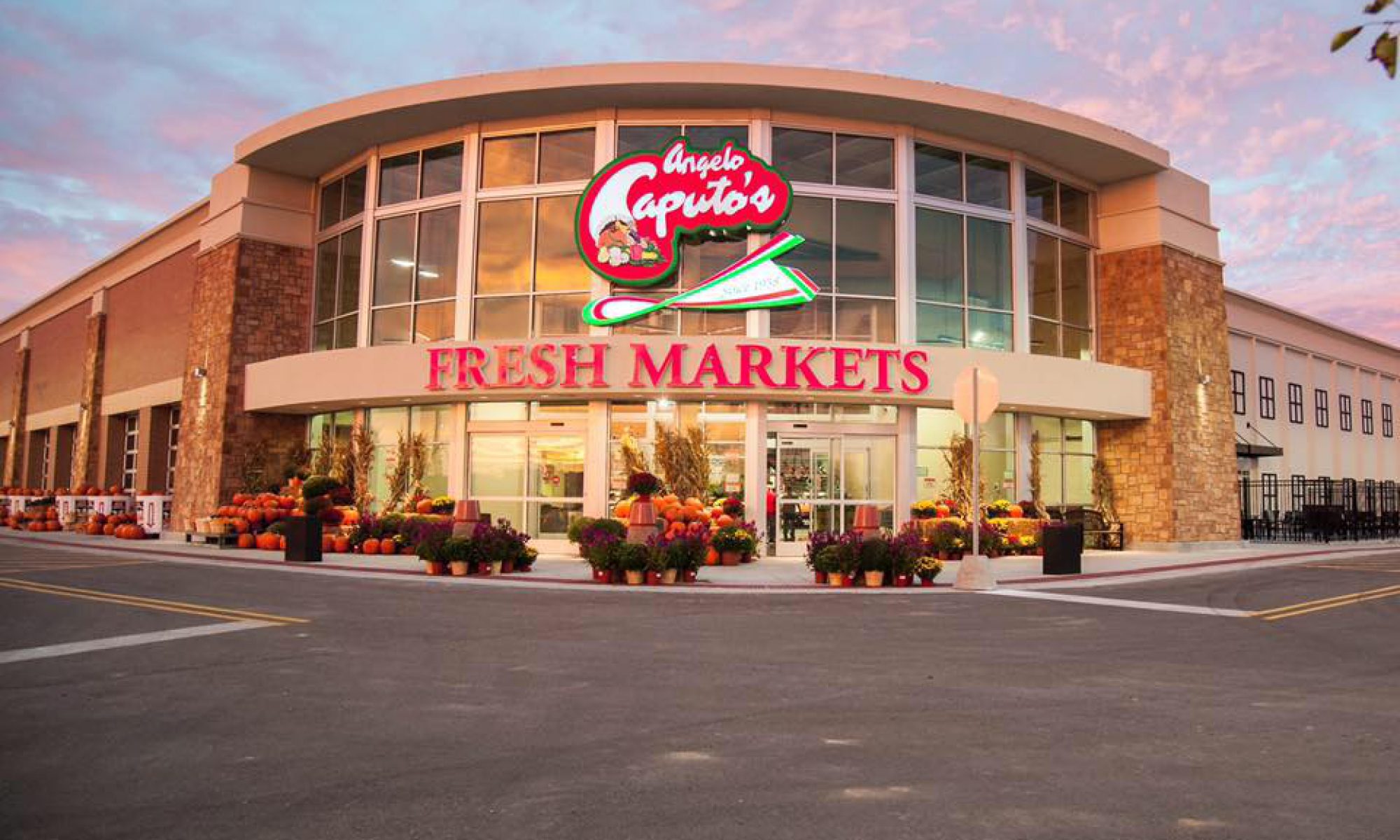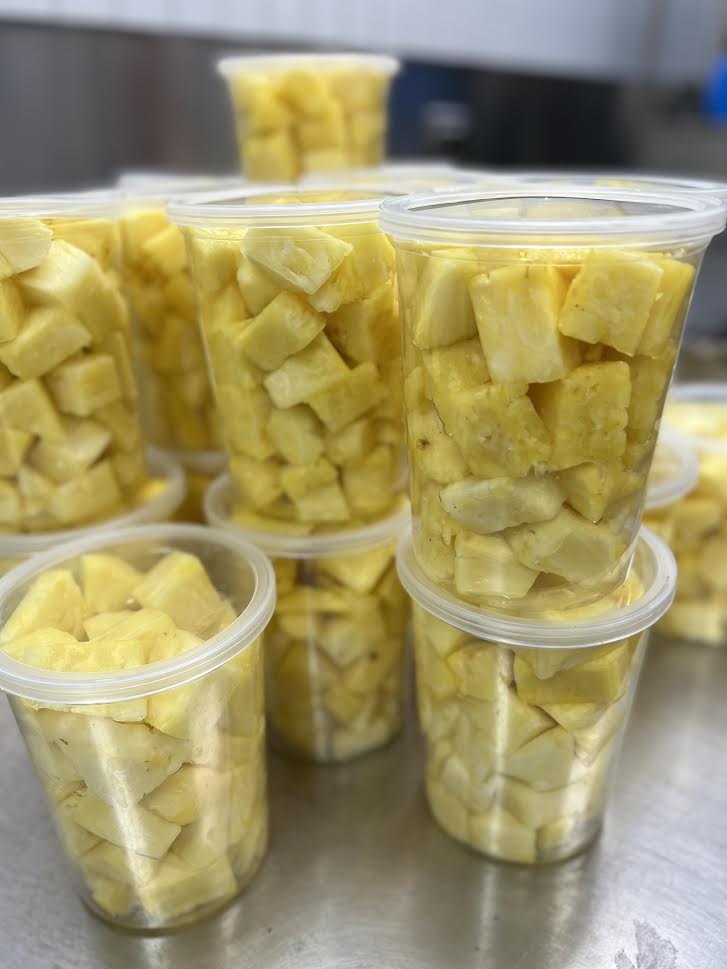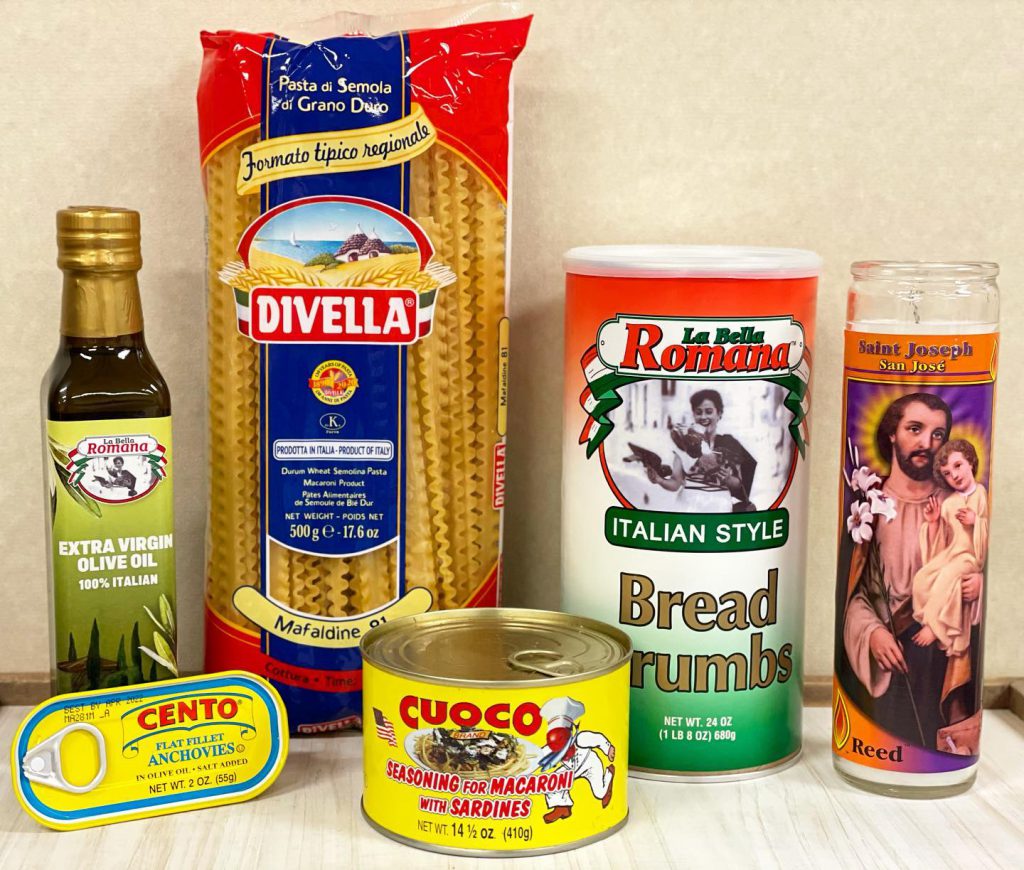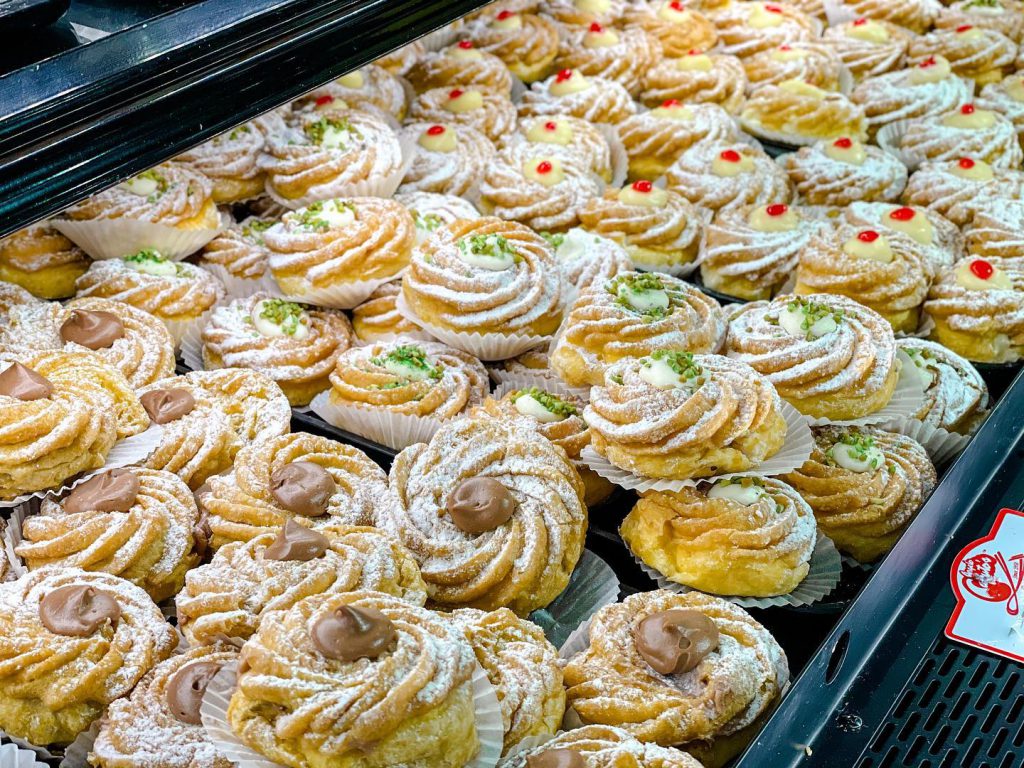Spring is here, and that means a vibrant explosion of fresh, delicious produce is hitting our shelves! At Caputo’s, we’re celebrating the season’s bounty with the highest quality fruits and vegetables to add a burst of flavor to your meals.
At Caputo’s, we buy fresh produce daily. We follow the same process that our founder, Angelo, did when we started in 1958. Our produce buyers are up early every morning in order to get the freshest products at the best possible prices in our stores that same day.
Let’s explore 5 of the spring stars you’ll find in our produce department, get some ideas of what to do with them, and learn how to pick the best ones!
Pineapple
Now is the time for the juiciest pineapple! Pineapple is a great anti-inflammatory, can aid in reducing sinus issues, is good for digestion, and more.
Pineapples are great on their own, but with their juicy taste, they are also very versatile. Try making a pineapple salsa for your chips or tacos, make a pineapple upside down cake, blend it for your favorite smoothies, top it with tajin for a spicy snack, or grill it!
How to pick: Pineapple should be gold in color with strong, green leaves on the crown. There shouldn’t be many soft spots and it should be on the heavier side. If you can smell the sweetness coming through the bottom of the pineapple, then you know you have a good one! Pineapple can be time consuming to clean and cut. If you want to enjoy, but don’t want to take the time to clean a pineapple, stop by our cut fruit section and pick up some pre-cleaned and cut ones for you!
Asparagus
Spring is when asparagus reaches its peak! Asparagus is rich in folic acid, protects against cell damage because it is high in folate, is good for your health, and low in calories. Asparagus makes for a great, creamy soup, can compliment most pasta and risotto dishes, is yummy with prosciutto, bacon, or pancetta, can be a side to any dish, and is great in a frittata! One of our favorite ways is wrap it in bacon, top with some parmesan, and drizzle with balsamic! Get that recipe here
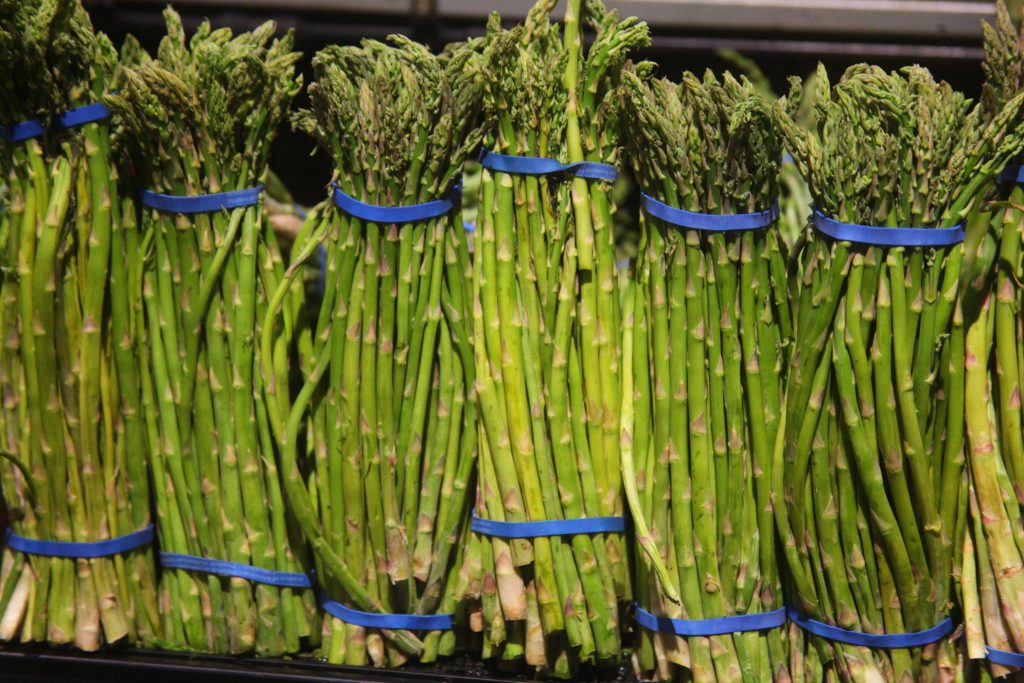
How to pick: Asparagus should be a deep green color with some purple undertones that fades to white as it reaches the bottom of the stalk. The stalk should be firm and straight. The tip should be relatively closed.
Strawberries
After a long winter, there’s nothing quite like the first bite of a sun-ripened strawberry. It’s a burst of sunshine, a taste of pure joy, and a signal that spring is truly here. Strawberries are packed with vitamin C, antioxidants, and fiber, making them a healthy and delicious treat.
There are tons of ways to enjoy strawberries. They are always good on their own, especially at peak freshness. You can add them on top of our homemade angel food cake and top with whipped cream, make a strawberry shortcake, add them into a fresh salad, add to yogurts, and more!
How to pick: You want to look for bright red, plump berries with fresh green caps. It is always good to avoid berries that are bruised or mushy.
Arugula
Arugula is a green that is harvested young, so it is great in early spring through fall! Arugula is nutritionally strong and known for its high levels of vitamins and minerals, like calcium, folate, vitamin c, vitamin k, and vitamin A– just to name a few. Arugula can be used in so much. You can use it in a salad– try it with some fresh lemon juice, olive oil, and salt for a light salad or a heartier salad with fresh fruits and nuts! It is great on a pizza, in a sandwich, or in a homemade pesto.
How to pick: You want a bright green color with strong leaves. The arugula should look dry. At home, you can store your arugula in an airtight container with paper towels to extend its shelf life.
Spinach
Spinach is a leafy green powerhouse and spring is its time to shine! Spring spinach is packed with vitamins and minerals, offering a healthy dose of iron, vitamin A, vitamin C, and folate. Its rich nutrient profile supports immune function, eye health, and overall well-being.
Spinach is a great base for salads, either on its own or paired with some other greens.You can add it to your smoothies– it blends seamlessly with fruits like bananas, berries, and mangos. You can saute it and use it as a side, incorporate it into your pastas and risottos, or add it into a quiche or omelet!
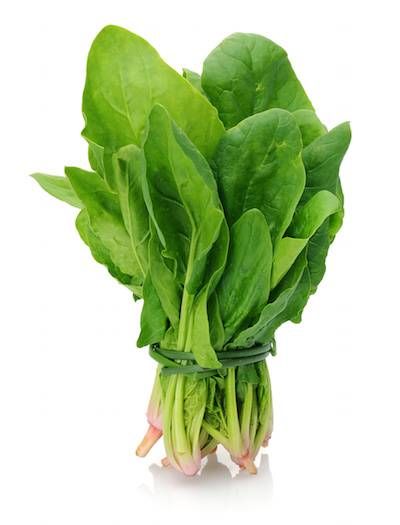
How to pick: You want to look for vibrant, green leaves and spinach that feels crisp.
Feeding Families and Their Traditions from Generation to Generation
